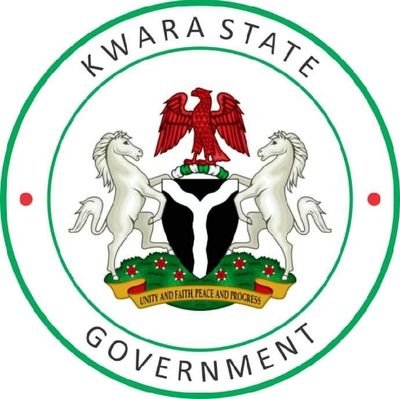News
Kwara’s palliative interventions reached 78% of targeted beneficiaries, inclusive: BudgIT

Kwara‘s palliative interventions reached 78% of targeted beneficiaries across the state, civic organisation BudgIT said in an assessment report.
“Assessing the impact of palliative interventions of Kwara State Government, 78% of respondents believed that the state government intervention positively contributed to their food security, citing the temporary relief it provided when the rice was available,” BudgIT said in its latest report on Kwara State Government’s interventions.
“The findings suggest that middle-aged individuals (41- 50 years) were the prevalent
beneficiaries of food relief intervention. This indicates a potential focus demographic for future interventions. The household size varied, with a significant portion of respondents belonging to medium-sized households (4-6 members).”
The study also highlighted the presence of larger households, which may require additional support, saying the prevalent employment status among respondents was self-employment.
This suggests the need for targeted support for informal workers during food relief interventions, it added.
“An overwhelming majority of the beneficiaries commended the government,” the report said.
The civic organisation recalled that the state government had, on Tuesday, August 22, 2023, inaugurated a palliative distribution committee led by a former Commissioner of Police Ebunoluwa Rotimi Adelesi to supervise the distribution of 250,000 10kg bags of rice to the most vulnerable households across the 16 LGAs in the state.
“To facilitate the food palliative distribution process, the committee enlisted the support of additional civil society organisations (CSOs/NGOs) operating within the state to assist in monitoring the distribution exercise. Eighteen CSOs
were selected to participate in this exercise,” the report stated.
“To ensure inclusivity and wider penetration, the committee included a new method not used during the pandemic for distribution. They engaged pressure groups, trade associations, community-based associations, and social clubs to nominate beneficiaries within their respective communities.
“The directives from the state governor were that all diverse groups from each community must be represented, and the bags of rice (10kg each) must not be divided among community members; one bag must be allocated per household.”
BudgIT observed that the state palliative distribution committee reached out to vulnerable individuals who had not benefited from federal and state government social programmes in order to promote inclusivity.
“They identified these individuals using three databases: NG-CARES, KWASSIP, and CCT, supplied by the Director of Personnel Management (DPM) of each LGA. The DPMs at the LGA handled the database and recommended beneficiaries at the Ward Level,” the report stated.
“Subsequently, the ward committee forwarded their list to the state committee via the DPMs. The database served as an important tool in contacting the beneficiaries. The state government handled the logistics of moving the relief items to the distribution point of each association(s) and/or ward(s) to promote easy accessibility to the beneficiaries.
“In most cases, the distribution point of each ward was the ward headquarters, which was selected due to its proximity to the beneficiaries’ residences. The movement of the distributed items upon pickup was dependent on the beneficiary.”
BudgIT also said that findings of its preliminary assessment showed that 22% of the community members did not benefit from the invention, which led to them expressing dissatisfaction at the implementation of the programme.
The civic group encouraged the state government to carry out an assessment before subsequent food distribution programmes to ensure a more accurate count of the households within a community and sufficient representation of all groups.
“This would ensure that enough food is available and that all members of the community benefit from the intervention. A preliminary assessment would also determine the size of the household, which is a factor that should be considered when planning food distribution,” it stated.
“This will ensure larger households receive commensurate support from the intervention.
“For future programmes, the government should consider incorporating a wide range of dietary options into the relief items beyond rice.
“To ensure adequate growth, development, and maintenance of the body, it is crucial to meet the nutritional needs of the beneficiaries by providing a variety of options. Several studies have shown a correlation between higher dietary diversity with enhanced health and a lower risk of developing chronic diseases such as cardiovascular disease, type 2 diabetes, some cancers, and even mental health issues, such as anxiety and depression.”
